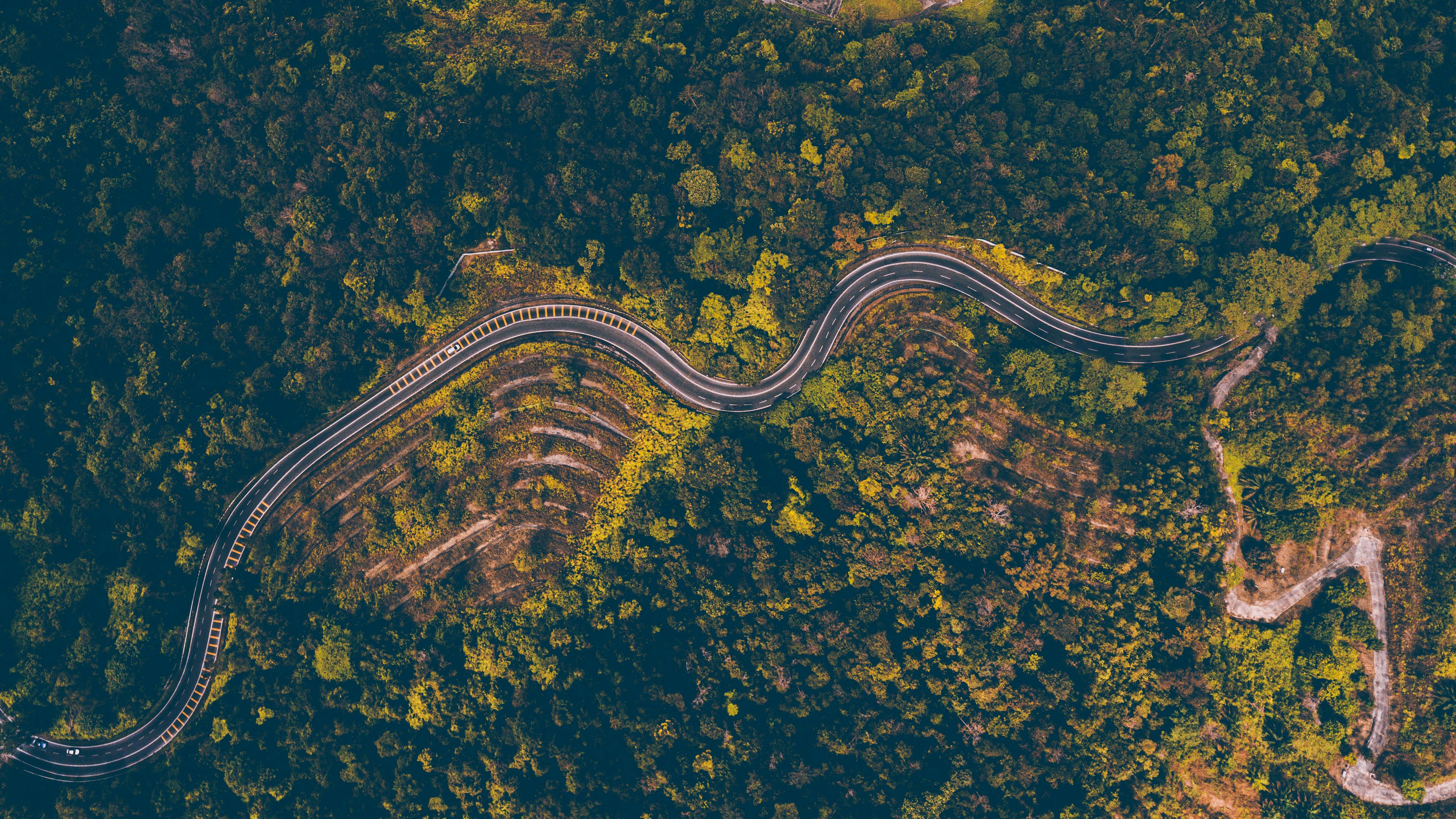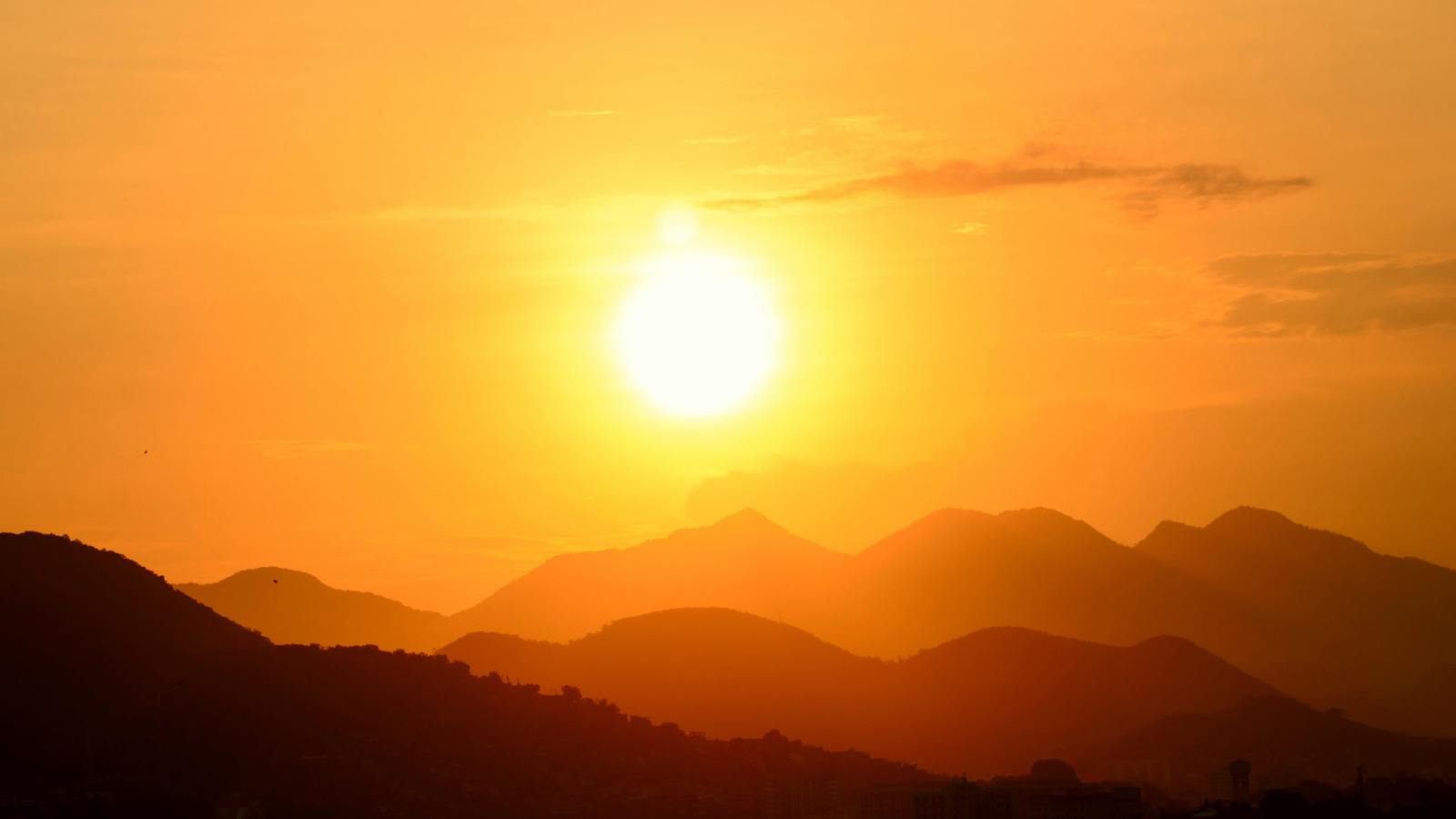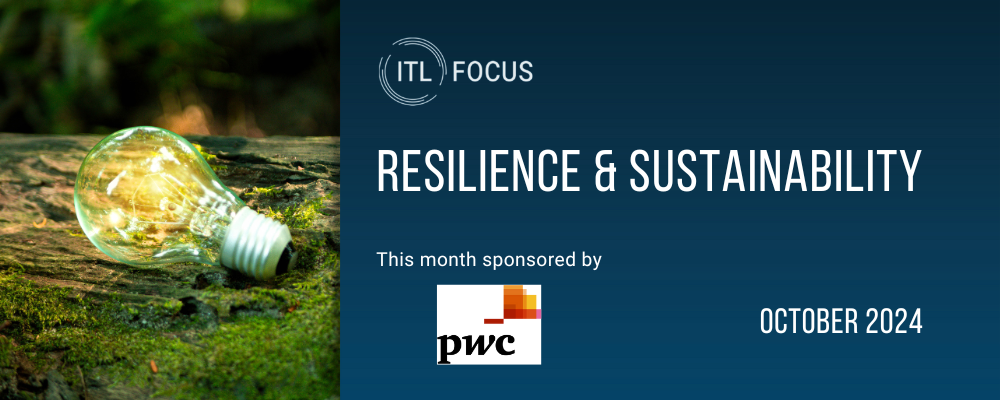Wildfires are getting worse. From California to Portugal, from Australia to Greece, fires destroy ecosystems, disrupt economies and ruin lives. As climate change intensifies, they will grow in both frequency and size, threatening areas once thought immune.
Regions like Wales now face much greater wildfire risks, and extreme heat waves are four times more likely than they were 150 years ago. The average wildfire season has tripled in length, pushing regions not historically at risk to strengthen their infrastructure.
The cost is eye-popping: In the U.S., this season's wildfires caused more than $89 billion in lost output, according to one study – a number that's likely to rise. Major insurers have left places like California, leaving residents without coverage and increasing the costs of firefighting, disaster relief and rebuilding.
See also: Texas Wildfires Illustrate Challenges
Geospatial data, gathered through advanced Earth observation technology, offers hope. By helping predict, track and mitigate wildfires, Earth observation is becoming essential to understanding and responding to the threat. While this technology has highlighted the severity of the wildfire problem, it also plays a key role in solutions.
Outdated wildfire risk models, many developed decades ago, fail to account for worsening climate change and have left communities vulnerable. Now, dynamic models can accurately predict wildfires in near real time, allowing insurers to develop sophisticated risk management systems that alert property owners to wildfire risks.
Modern wildfire monitoring systems can assess the likelihood of a wildfire's outbreak with precision. These models consider multiple risk factors, including land gradient, moisture levels and vegetation dryness and density.
When an area or asset is deemed at risk, the systems notify relevant individuals or organizations, who can then take action – for example, by clearing dry vegetation or creating defensible spaces around properties. Emergency services receive these notifications, enabling quick response to prevent loss of life or property.
Satellite data can now track the entire lifecycle of a wildfire, from ignition through spread and containment. Analysis of this data provides clear understanding of area vulnerabilities and the extent of fire damage, which informs future risk models.
This information supports resource allocation for emergency response teams, improves firefighting approaches and provides critical information for recovery efforts.
See also: Can Insurers Take the Lead on Climate Resiliency?
Climate change's impact continues to grow. The Portuguese government declared a "state of calamity" following wildfires this autumn, mobilizing emergency services to fight 100 fires caused by "climate breakdown," according to a European Union spokesperson.
Fires devastate habitats and release carbon emissions, further fueling global warming. With global wildfire outbreaks expected to soar by 2050, using advanced risk modeling and mitigation solutions is essential. The insurance industry, which has historically underestimated extreme weather costs, must adapt to this reality.
Insurance has long played a key societal role, increasing financial stability, providing peace of mind, stabilizing social security, facilitating trade and managing risk. As challenges multiply and intensify, geospatial data and Earth observation technology enable insurers to maintain this role.
This data-driven approach allows better understanding, prediction and mitigation of risks connected to our warming planet.





